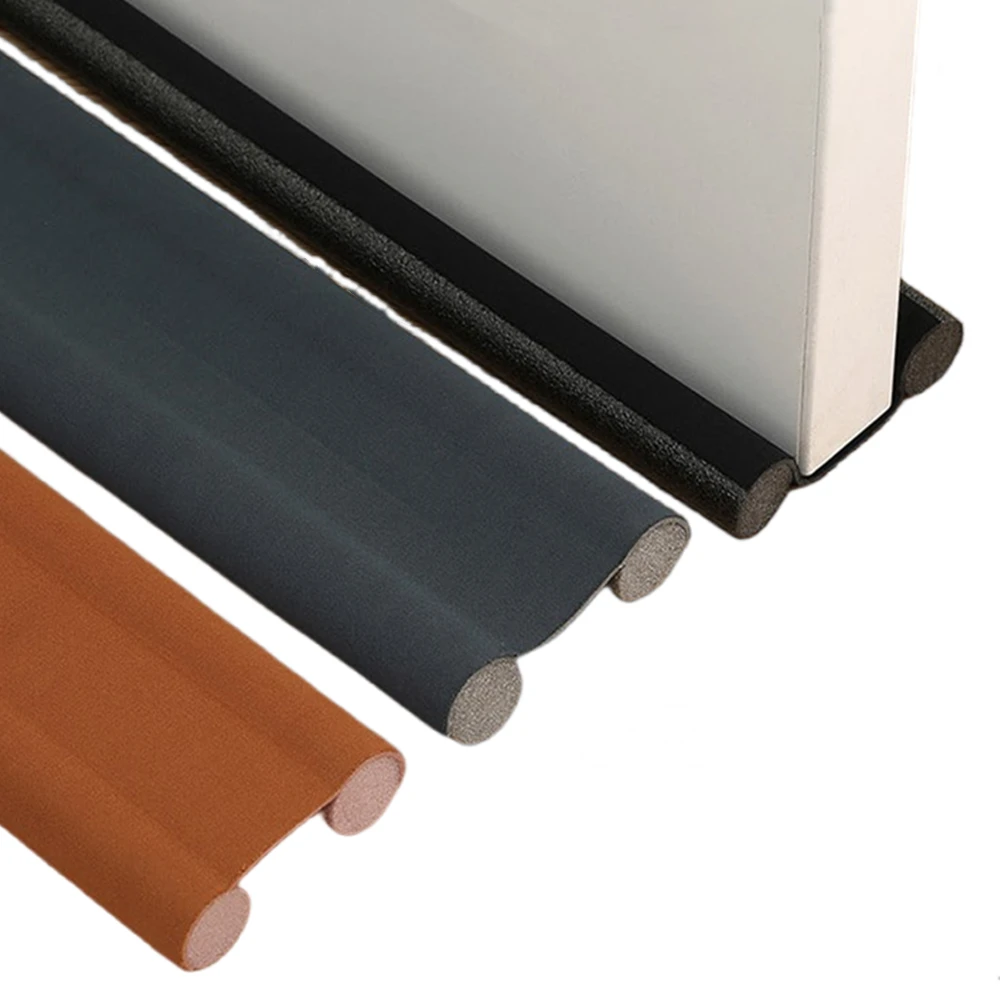Cabinet Edge Tape for a Polished and Professional Finish in Your Home
The Essentials of Cabinet Edging Tape for a Professional Finish
When it comes to home improvement and cabinetry projects, attention to detail is crucial. One of the often-overlooked items that can make a significant difference in the overall appearance and durability of cabinets is cabinet edging tape. This seemingly simple product plays a vital role in achieving a polished finish, protecting edges, and enhancing the longevity of cabinets. In this article, we will explore what cabinet edging tape is, its types, applications, benefits, and tips for effective use.
What is Cabinet Edging Tape?
Cabinet edging tape is a narrow strip of material used to cover the exposed edges of cabinetry, particleboard, or plywood. Often made from a variety of materials such as PVC, veneer, or melamine, this tape helps to seal and protect the edges from moisture, scratches, and other wear-and-tear that can occur over time. It is particularly useful for projects where the raw edges of substrates are visible, as it provides a finished look that matches or complements the surrounding surfaces.
Types of Cabinet Edging Tape
1. PVC Edging Tape Versatile and durable, PVC edging tape is a common choice for cabinetry. It's available in a range of colors and textures, making it suitable for various design aesthetics. Moreover, PVC is resistant to moisture, making it ideal for kitchen and bathroom applications.
2. Veneer Edging Tape For a more natural look, veneer edging tape is made from real wood or wood veneer. It provides a warm and authentic appearance but requires careful application to ensure proper adhesion and a seamless finish.
3. Melamine Edging Tape This type is designed to match melamine-faced boards and offers a sleek finish. It is easy to apply and typically available in various colors and patterns, which can enhance the overall design of the cabinetry.
4. Magnetic Edging Tape Though less common, magnetic edging tape can be an innovative solution for cabinetry, particularly for creating removable front panels or adjustable shelving. Its flexibility allows for easy reconfigurations and designs.
Applications of Cabinet Edging Tape
Cabinet edging tape is primarily used in furniture manufacturing, cabinetry, and woodworking projects
. Here are a few specific applicationscabinet edging tape

- Kitchen and Bathroom Cabinets It protects the raw edges of cabinets, enhancing their durability against water damage and stains. - Furniture Making It is widely employed in the crafting of tables, desks, and shelves to provide a cohesive look. - DIY Projects For those who enjoy DIY home improvement, edging tape can add a professional touch to any cabinetry work.
Benefits of Using Cabinet Edging Tape
1. Enhanced Aesthetics By covering unsightly raw edges, cabinet edging tape can significantly improve the visual appeal of cabinets and furniture.
2. Protection Against Damage It acts as a barrier to moisture, dirt, and scratches, prolonging the life of the cabinetry.
3. Ease of Application Edging tape is typically easy to apply, requiring minimal tools and expertise. Many varieties come with adhesive backing for a straightforward application process.
4. Cost-Effective Compared to other finishing methods, using edging tape is a budget-friendly way to achieve a high-quality look without the need for more expensive materials or processes.
Tips for Effective Use
To ensure the best results when applying cabinet edging tape, consider the following tips
- Preparation is Key Clean and sand the edge surfaces before application to enhance adhesion. Removing any dust or oils will help the tape stick better. - Choose the Right Width Select a width that adequately covers the edges of the material being used. This will help create a seamless appearance. - Apply Heat Using a heat gun can help soften the adhesive on the tape, allowing it to conform better to curved or irregular surfaces.
- Trim Carefully Use a sharp utility knife to trim the tape for a clean edge. A straight cut will ensure that the tape lies flat and adheres well.
In conclusion, cabinet edging tape is a simple yet essential component of cabinetry and furniture projects. With a wide variety of options available, it not only protects the edges but also enhances aesthetics, making it a smart choice for both professionals and DIY enthusiasts. By following proper application techniques, you can achieve a polished, professional-looking finish that adds value and longevity to your cabinetry.
-
Under Door Draught Stopper: Essential ProtectionNewsJul.31,2025
-
Garage Door Seal and Weatherstrips for ProtectionNewsJul.31,2025
-
Edge Banding Tape for Perfect EdgesNewsJul.31,2025
-
Table Corner Guards and Wall Corner ProtectorsNewsJul.31,2025
-
Stair Nose Edging Trim and Tile Stair SolutionsNewsJul.31,2025
-
Truck Bed Rubber Mats for Pickup BedsNewsJul.31,2025
-
Window Weather Stripping for Noise ReductionNewsJul.29,2025